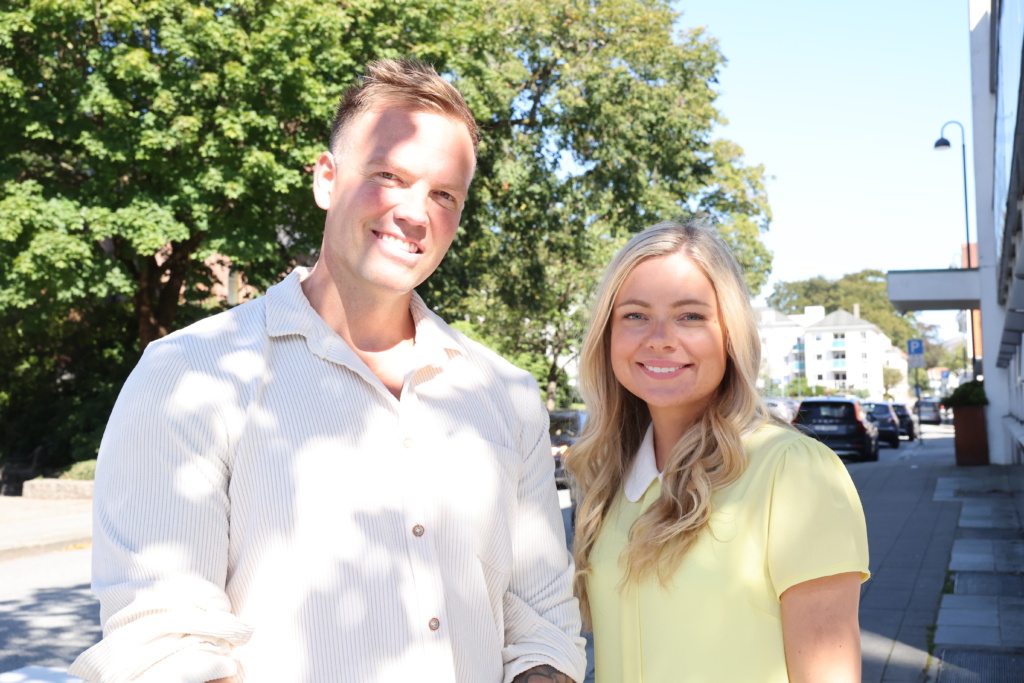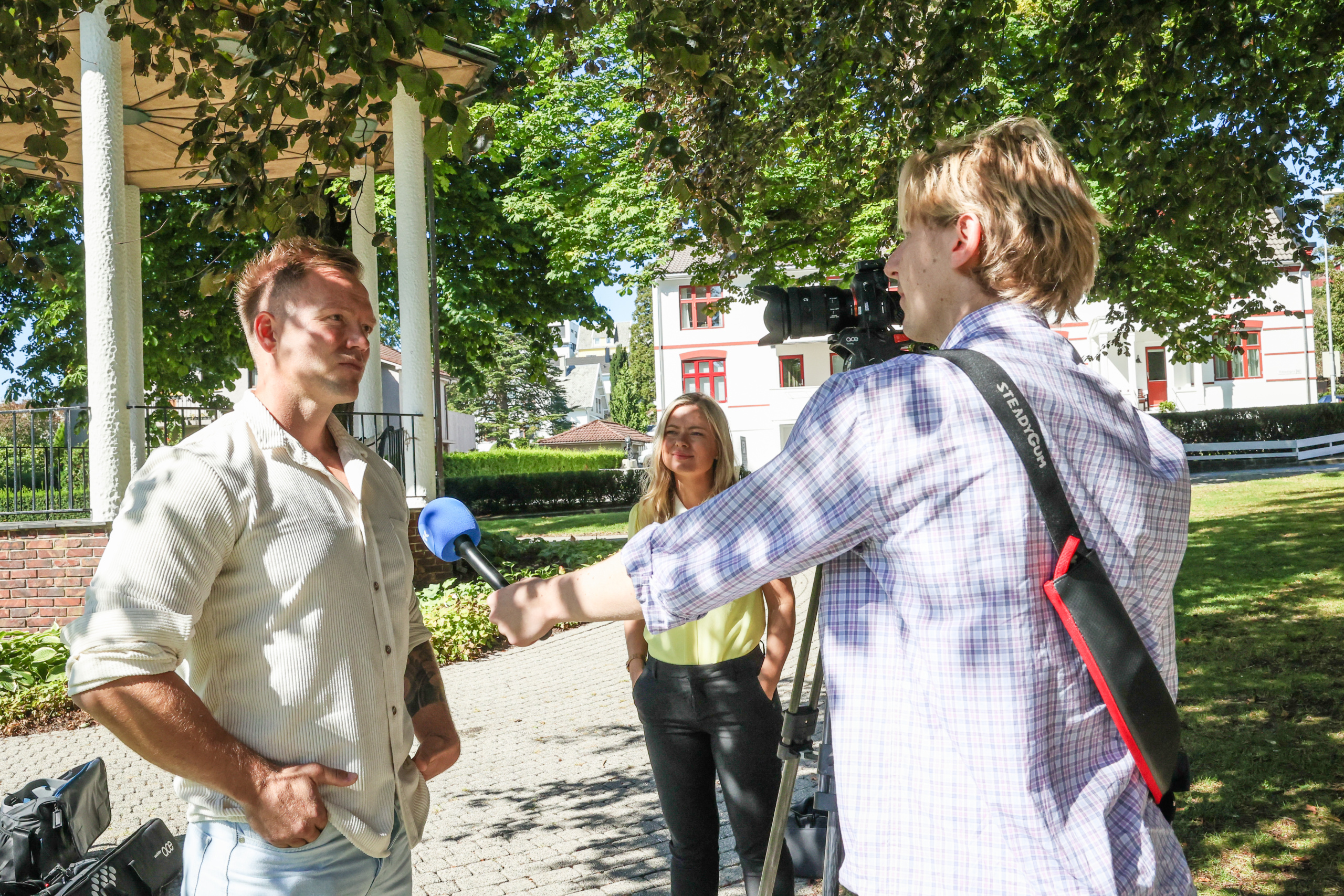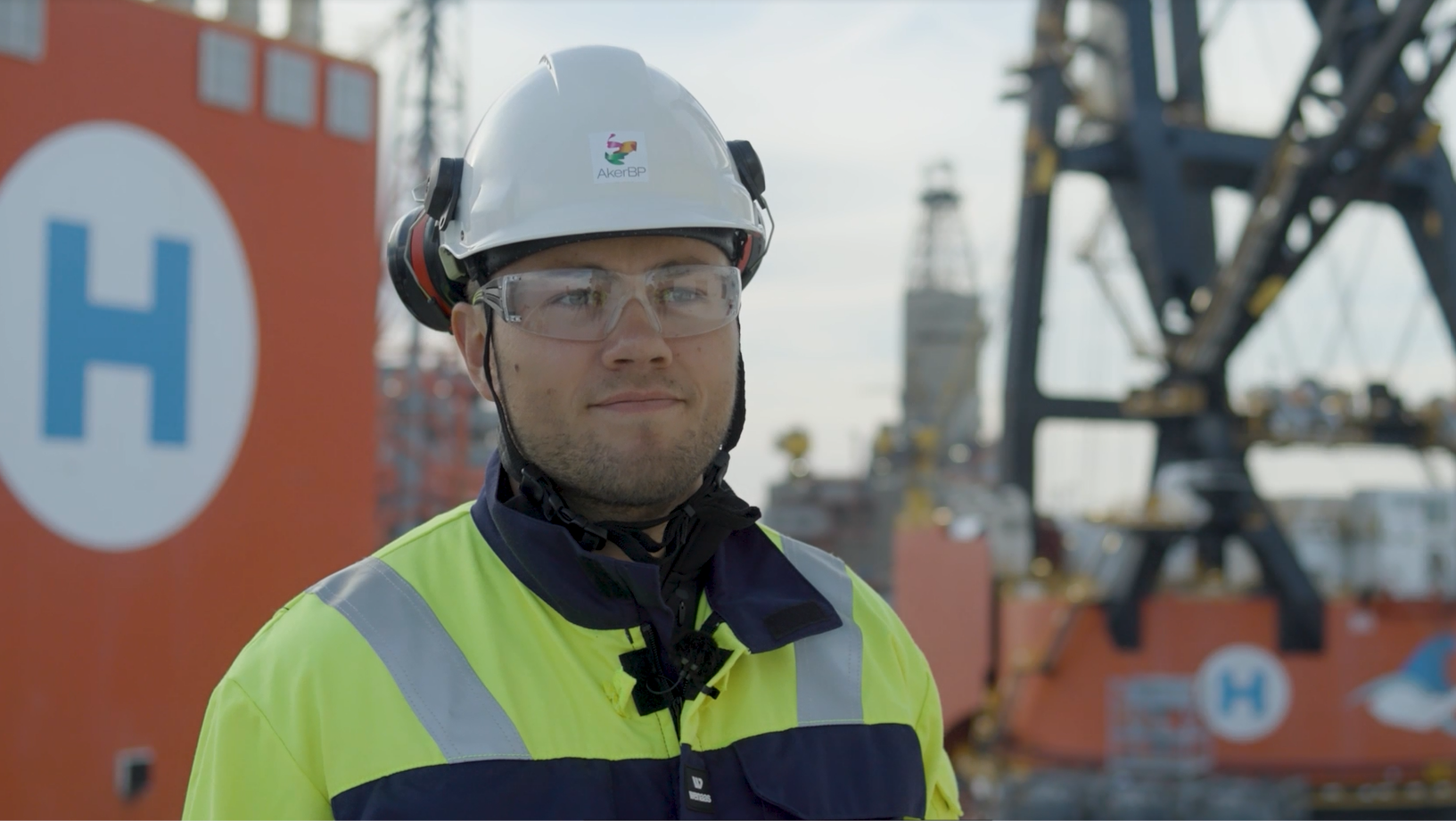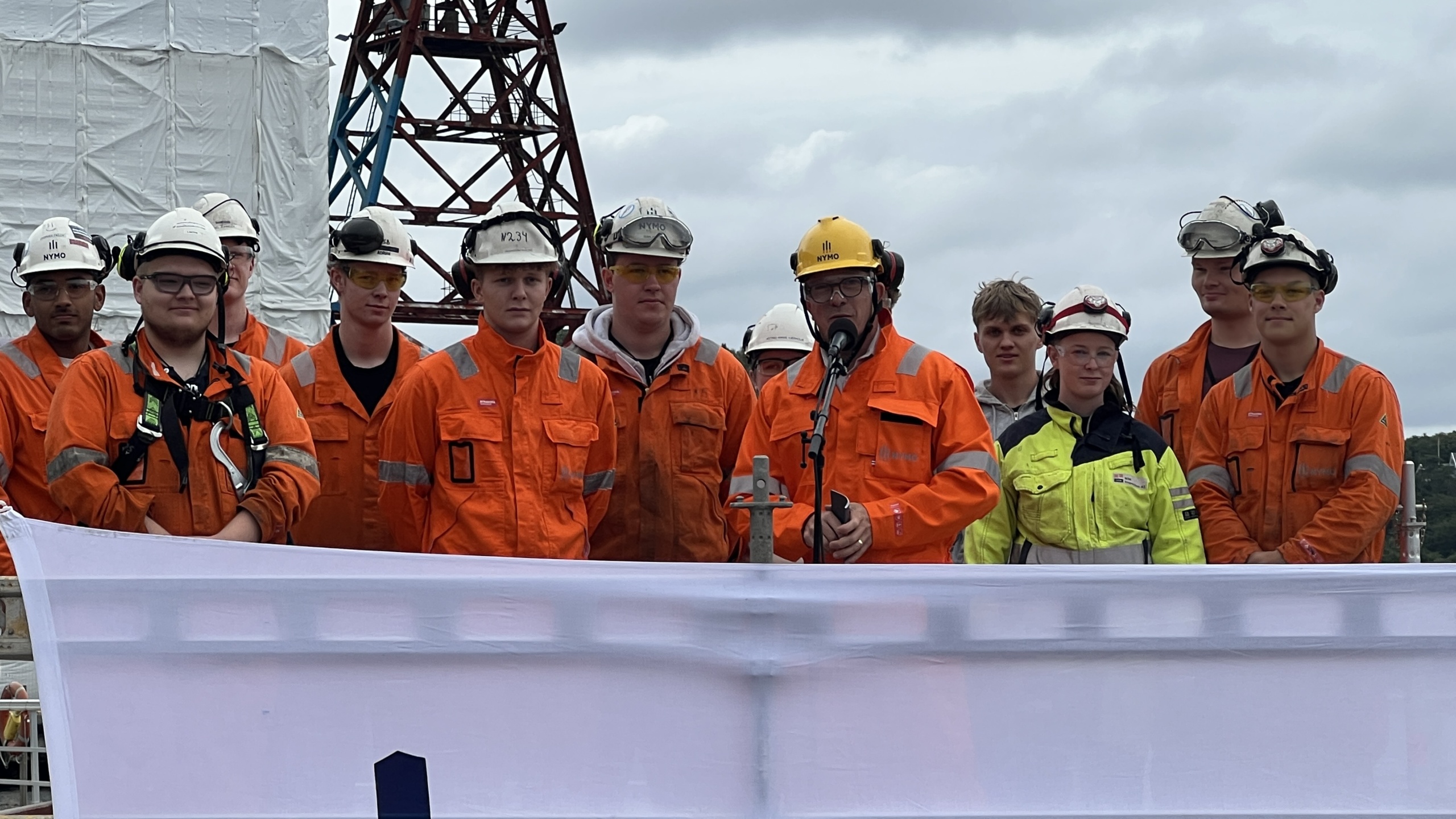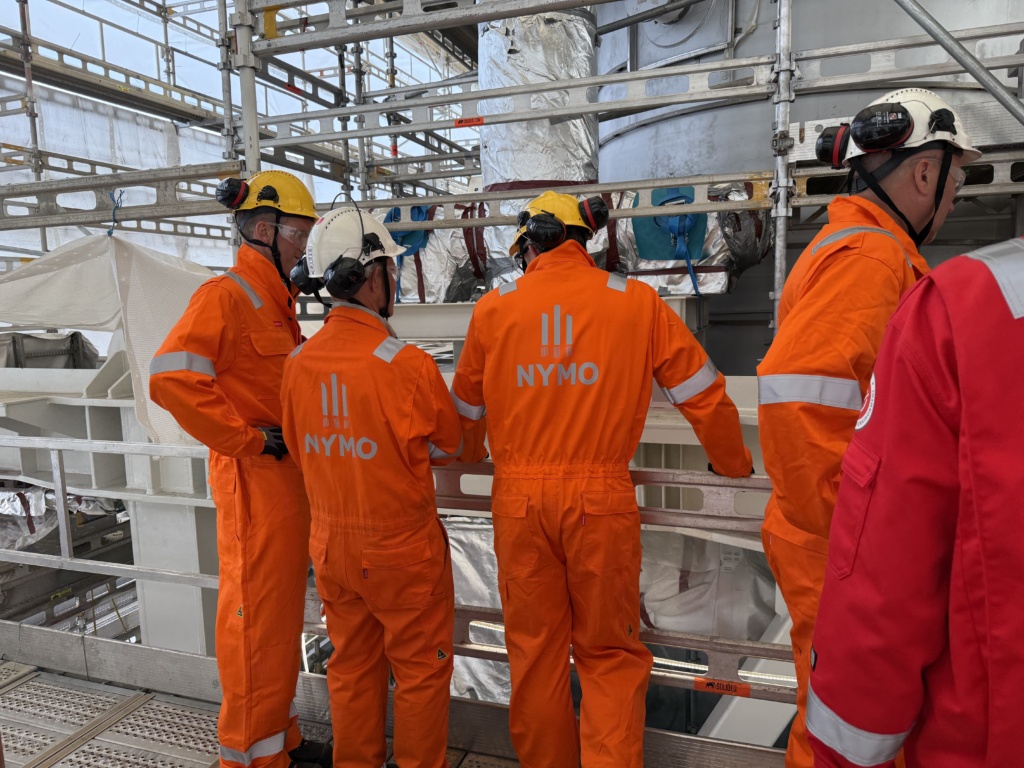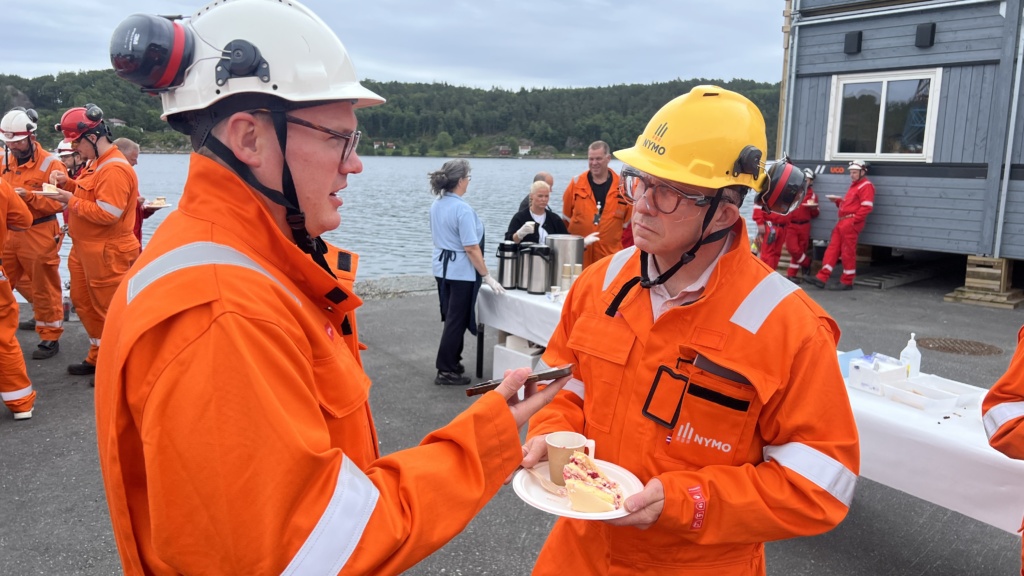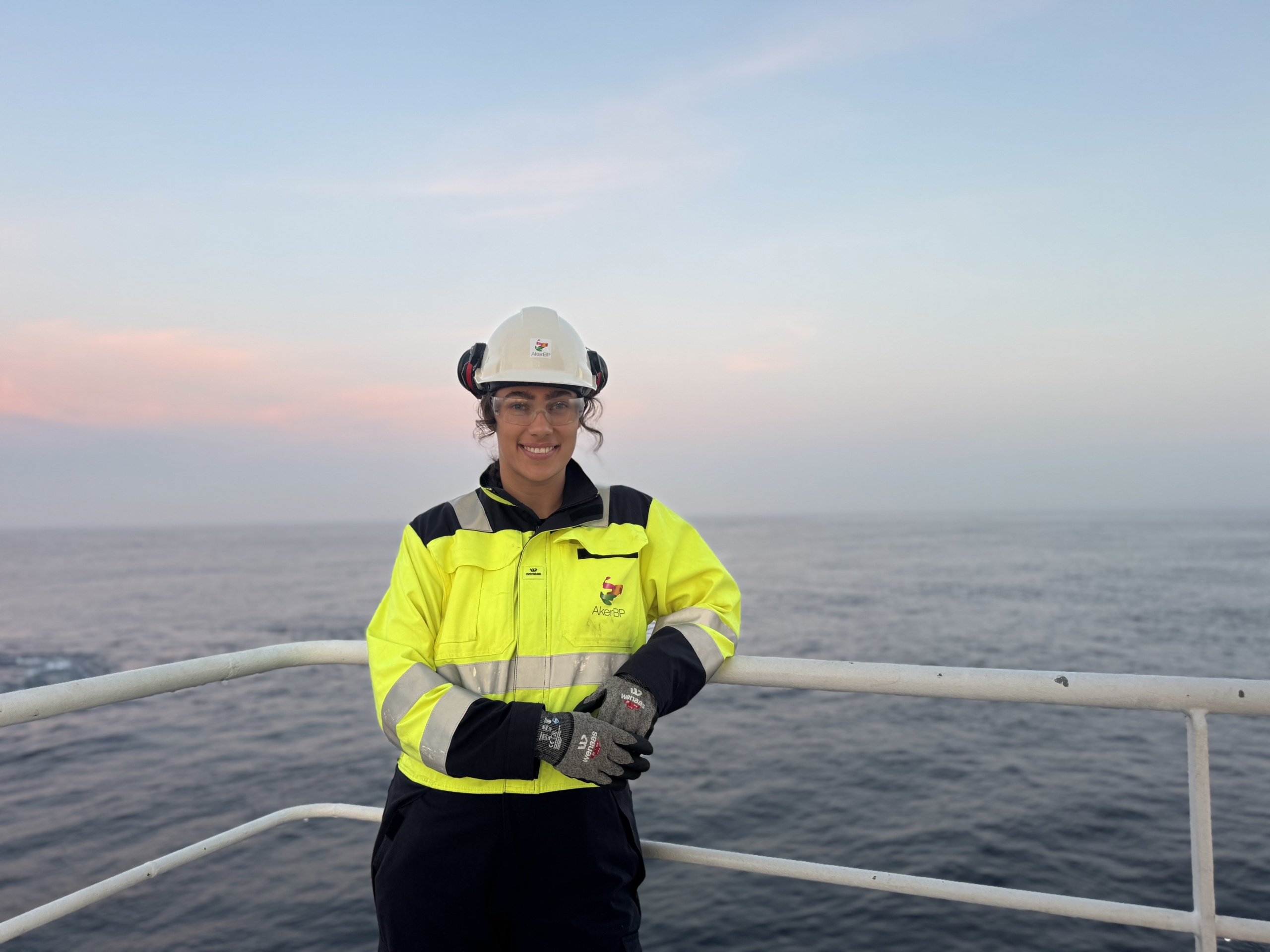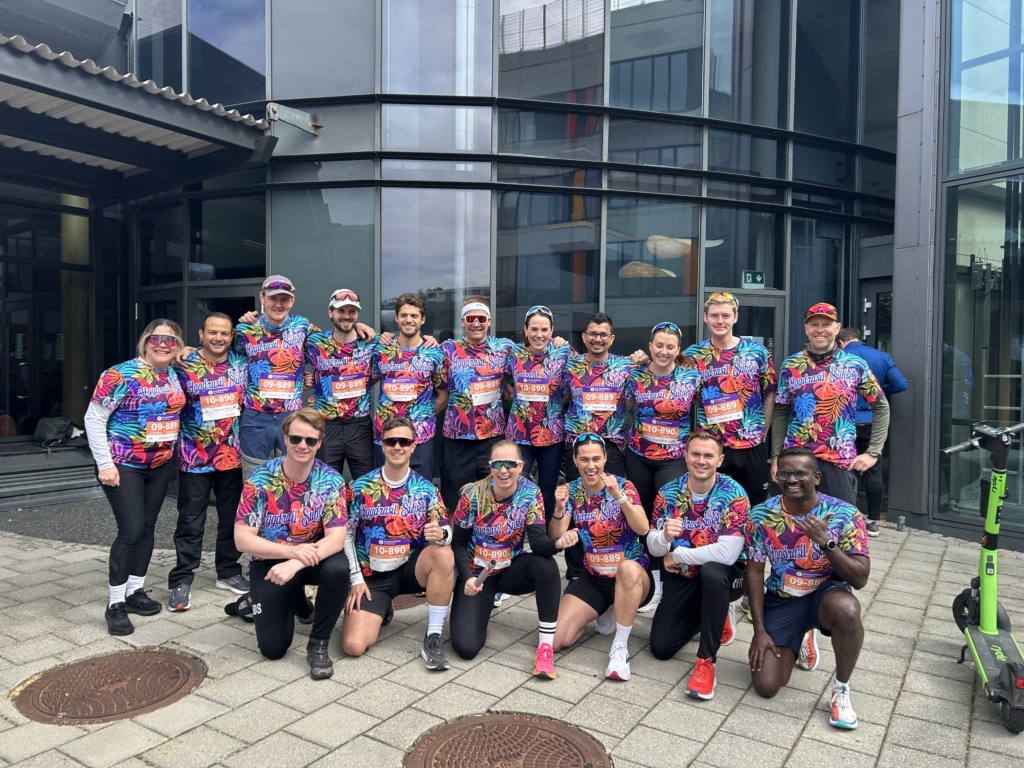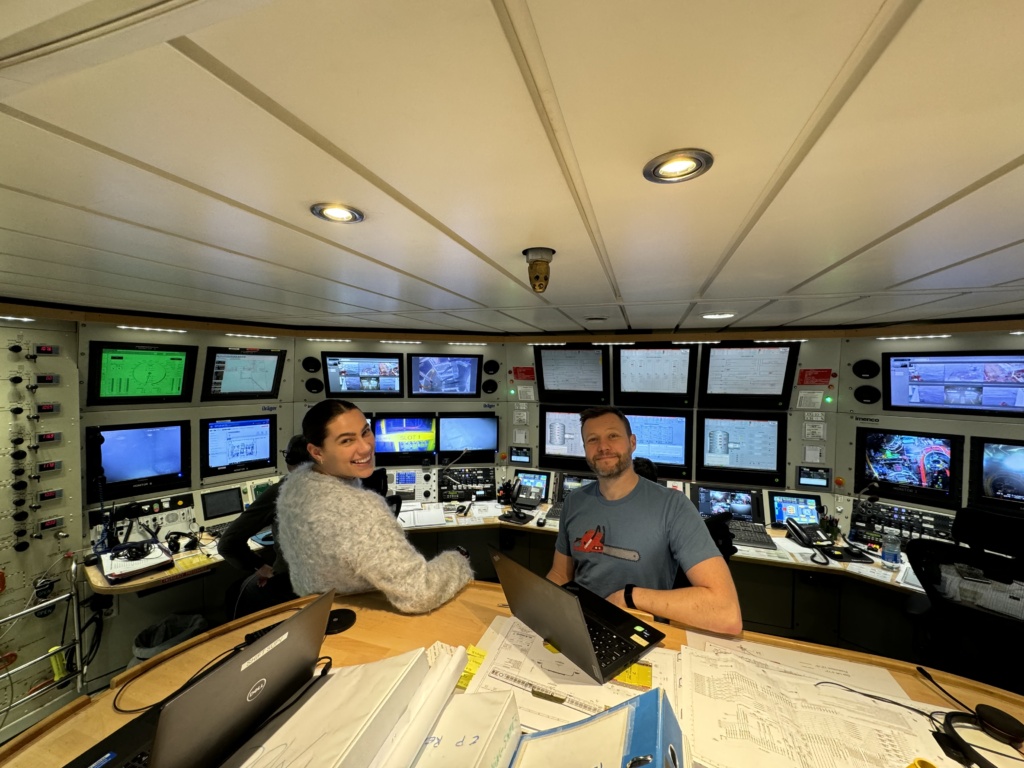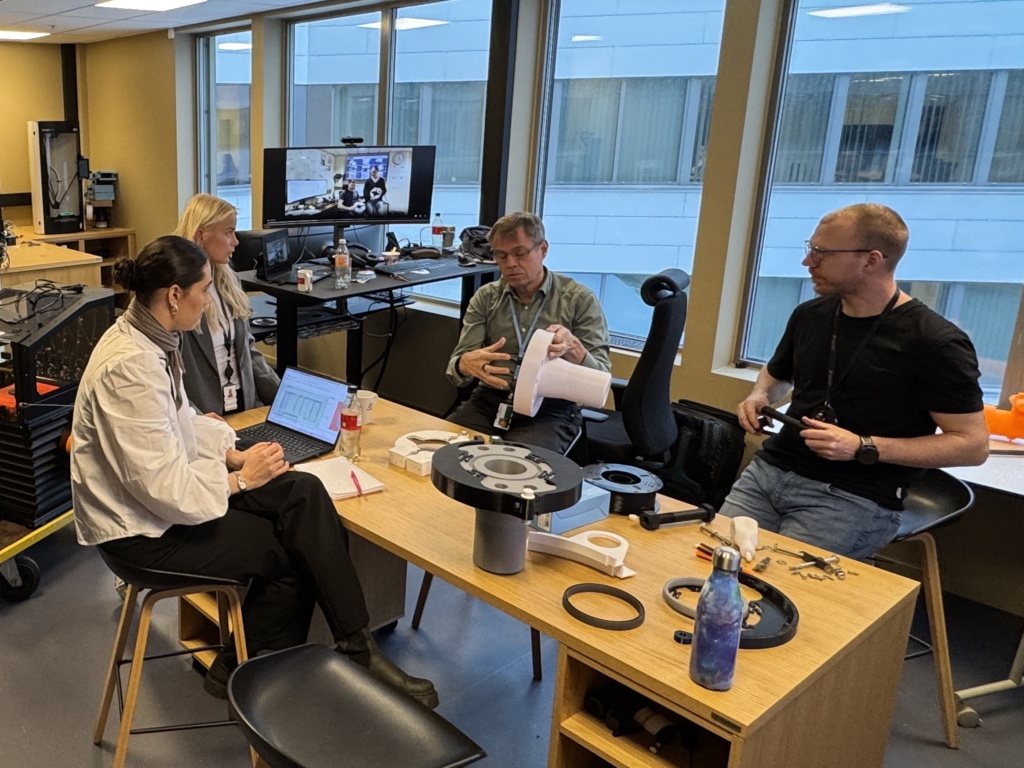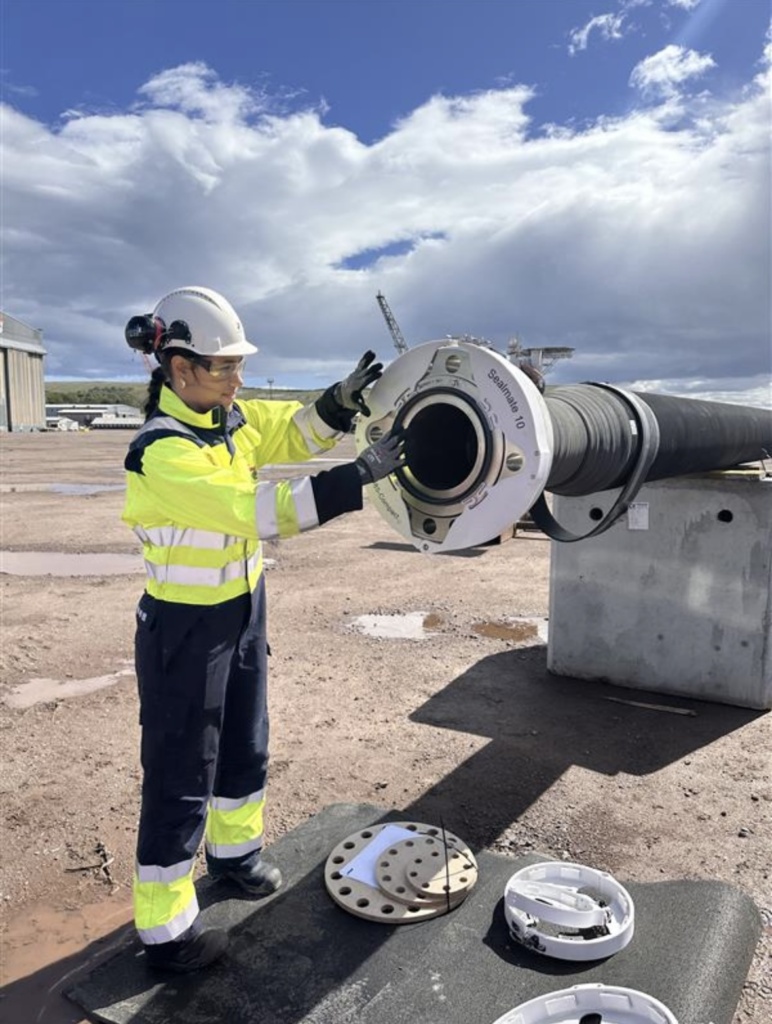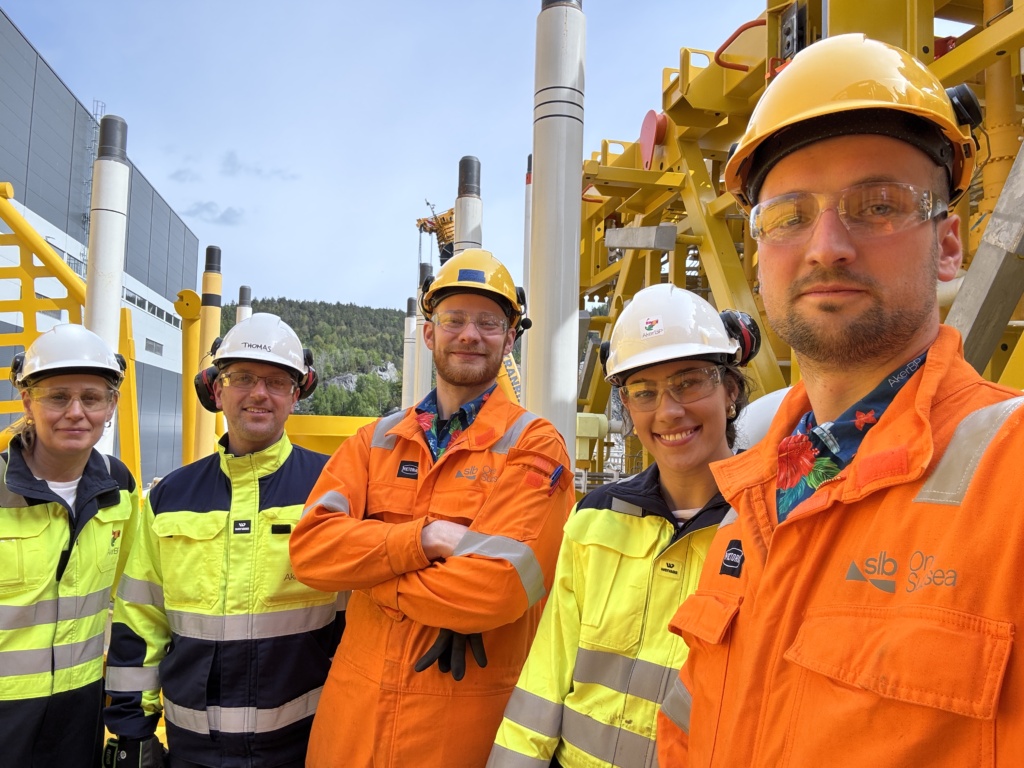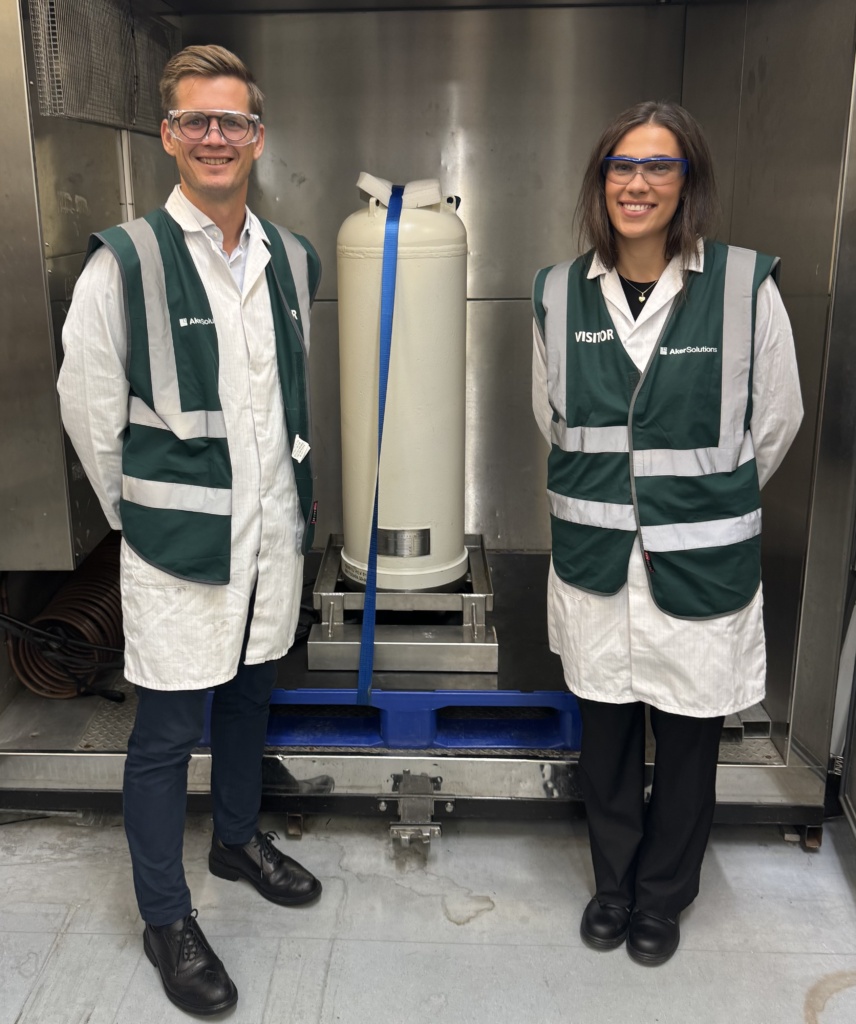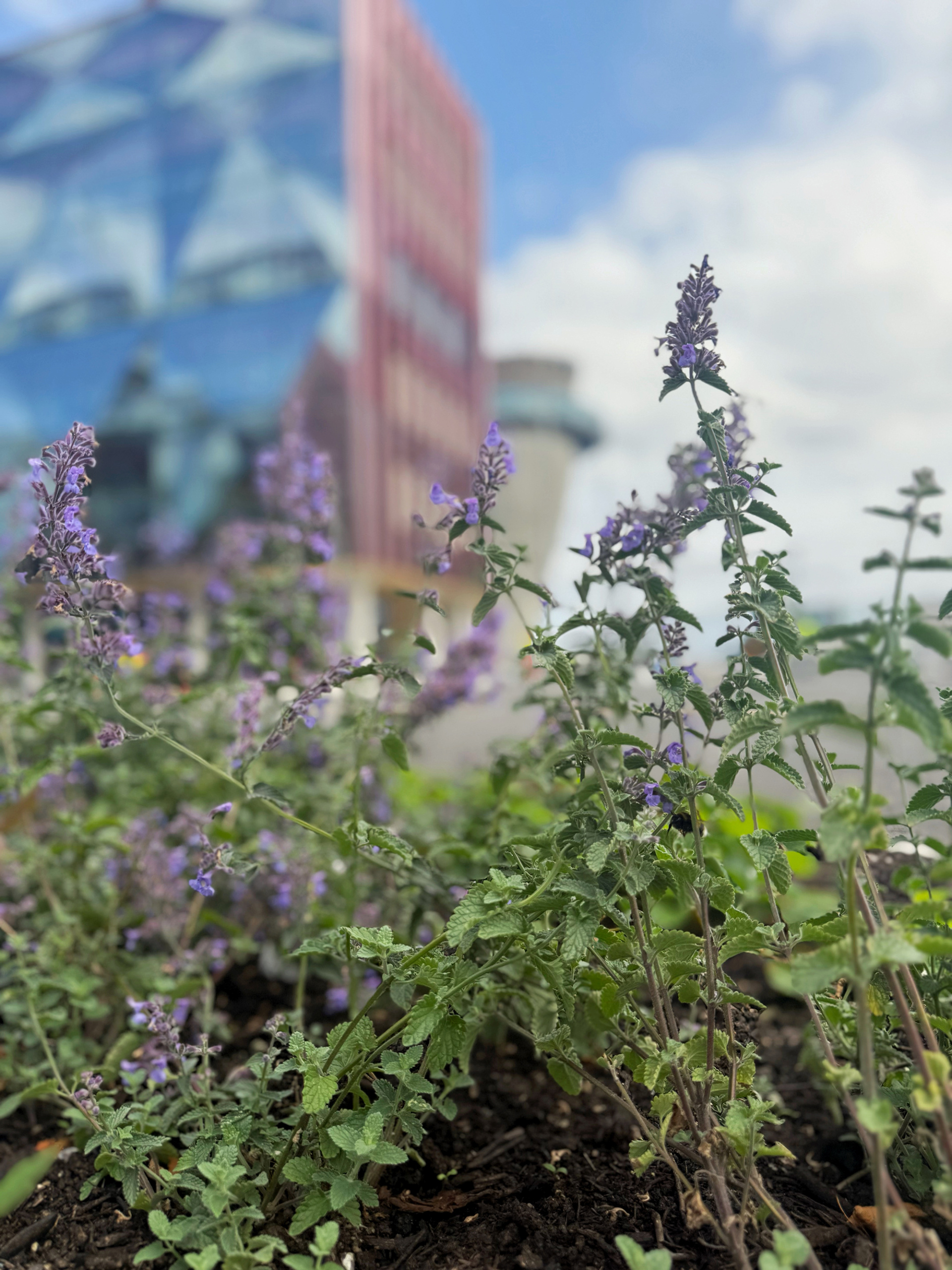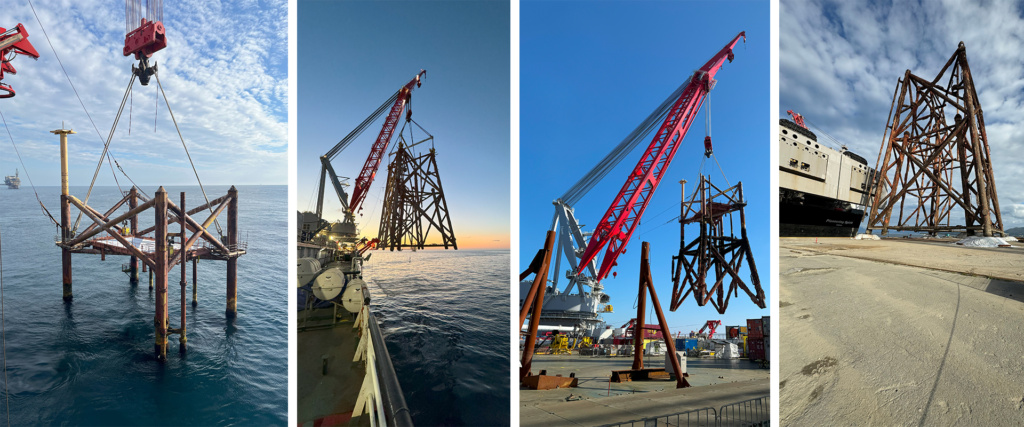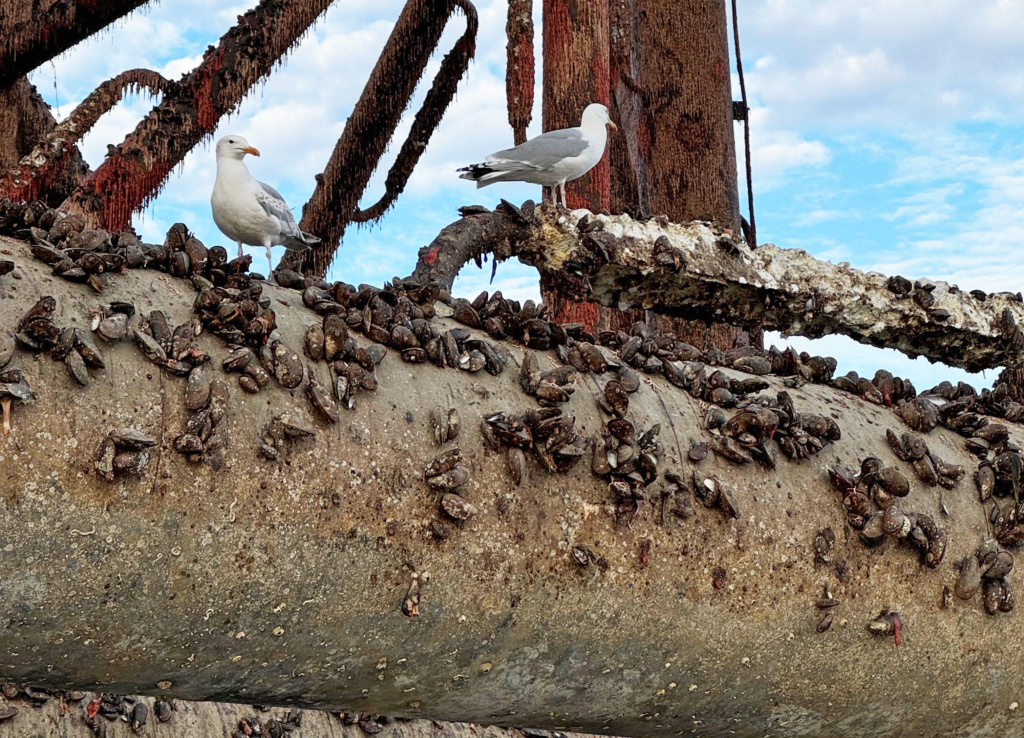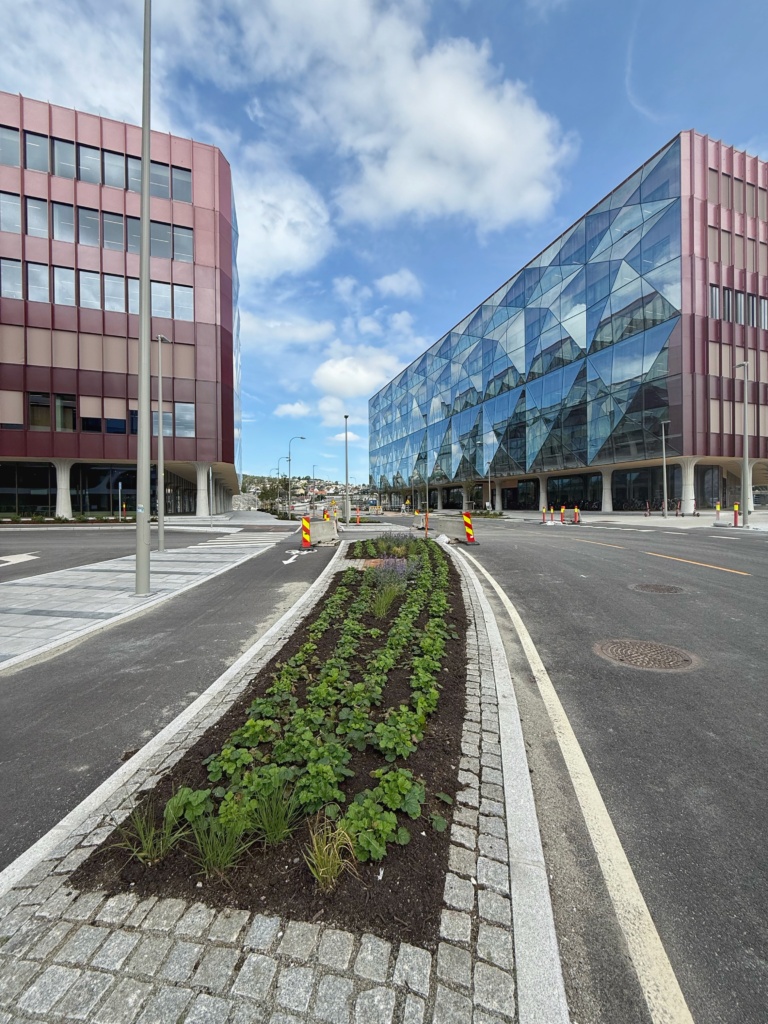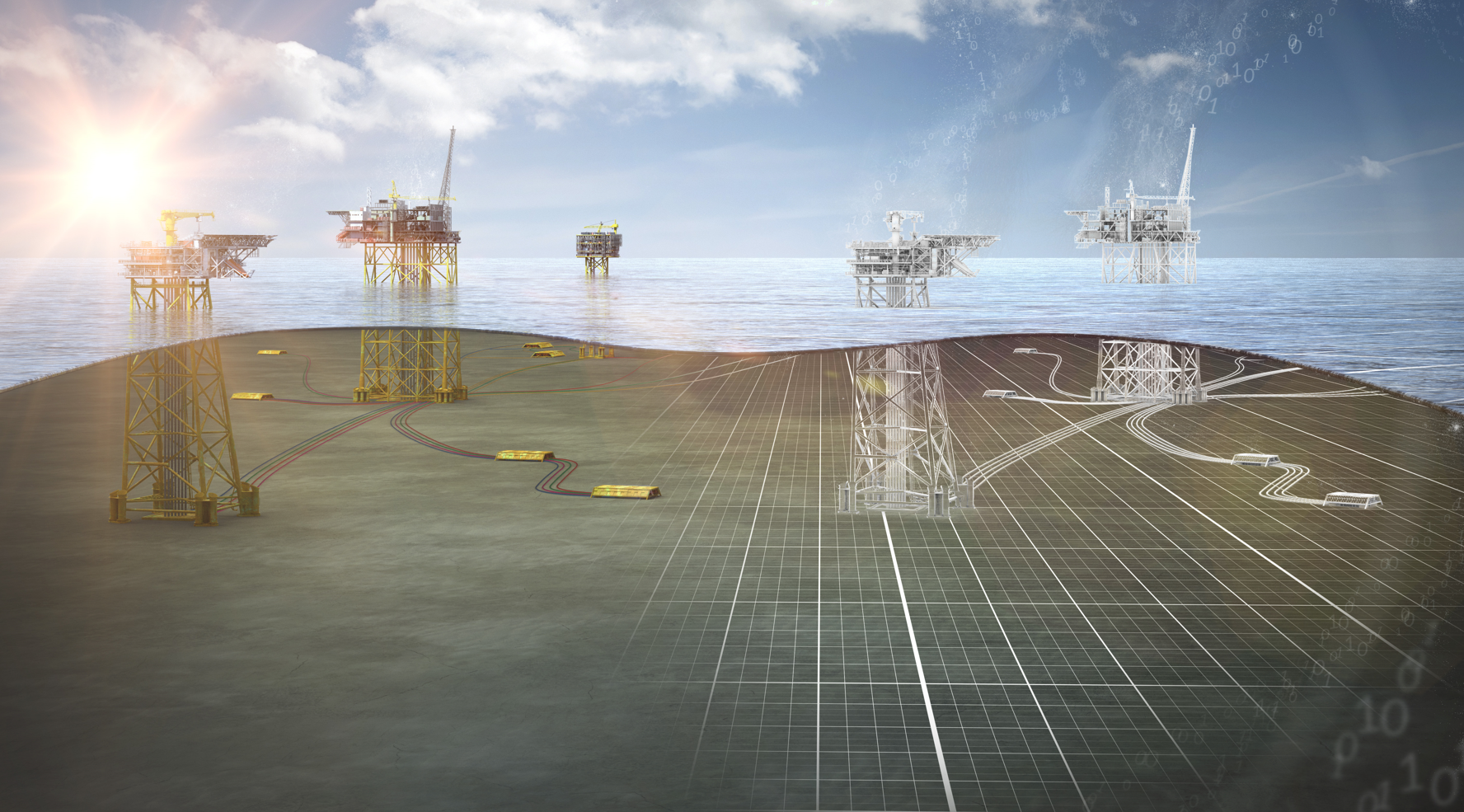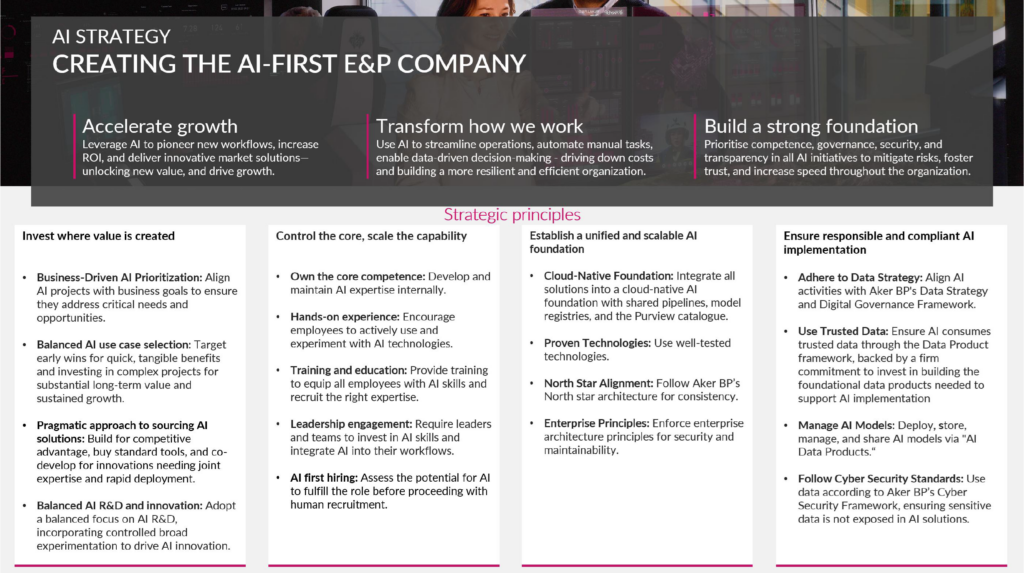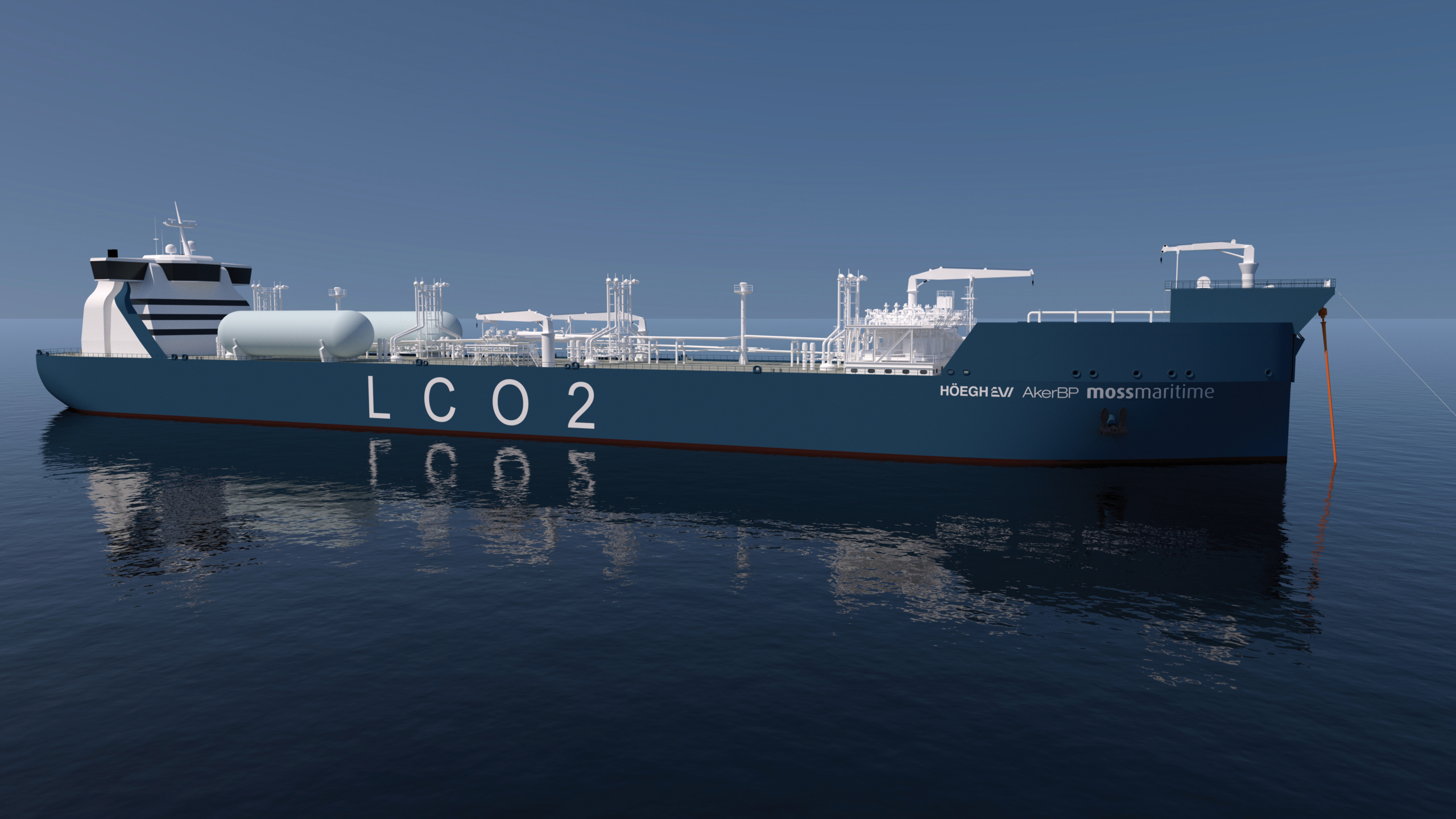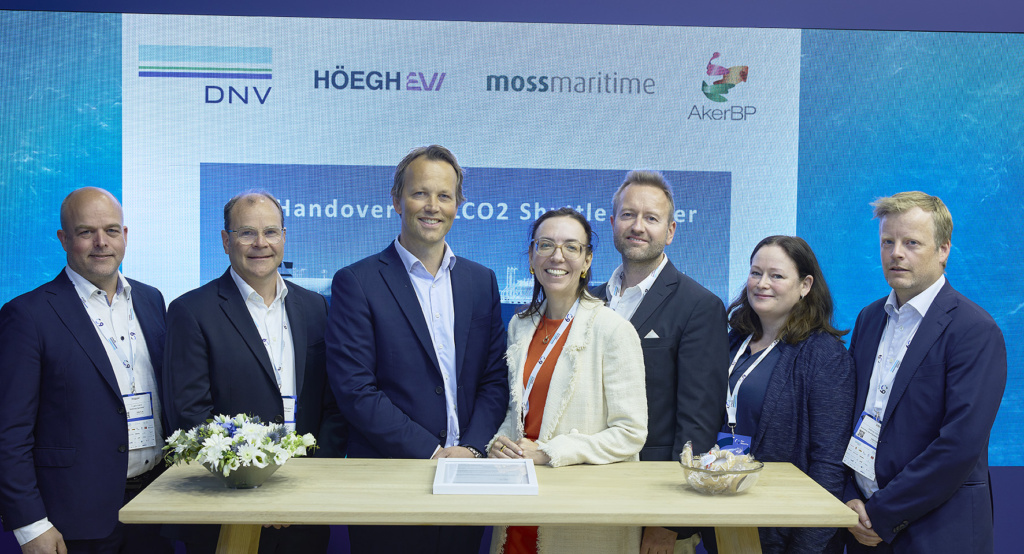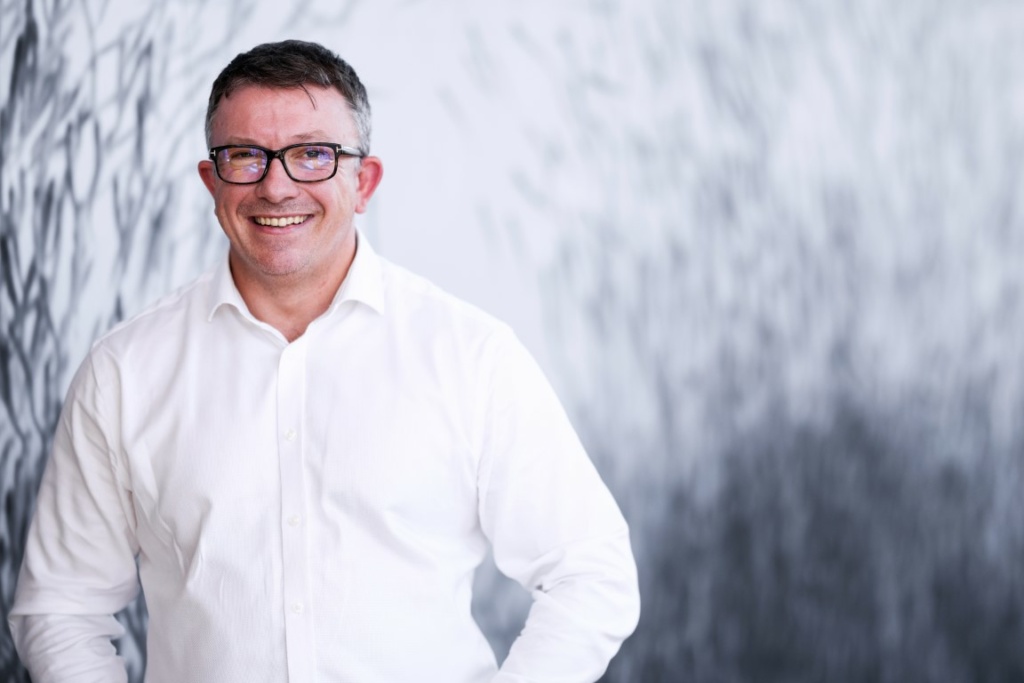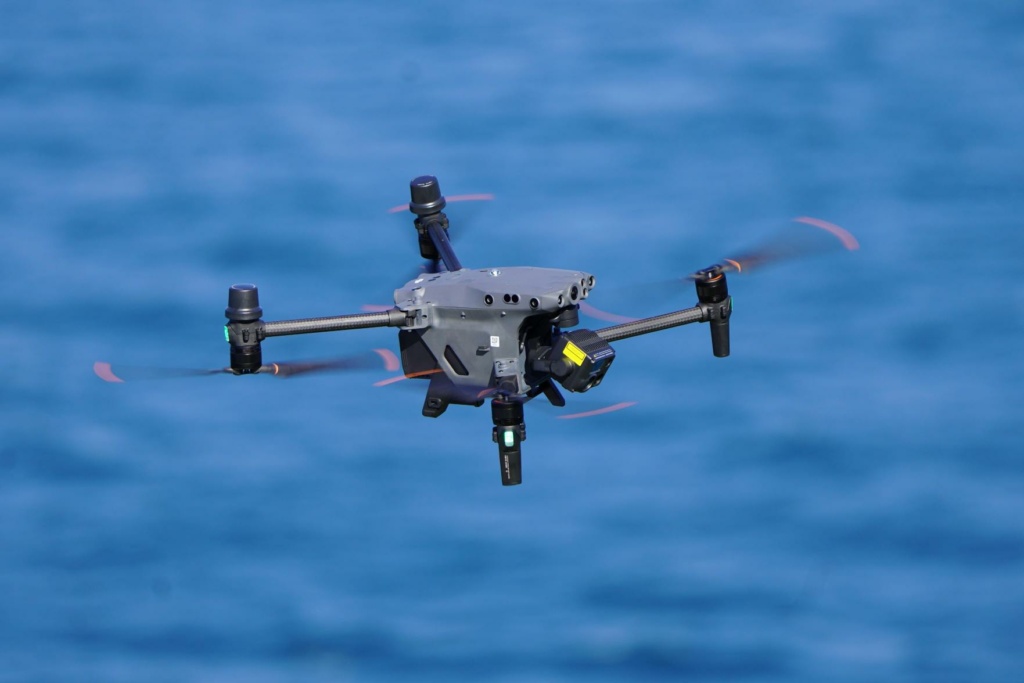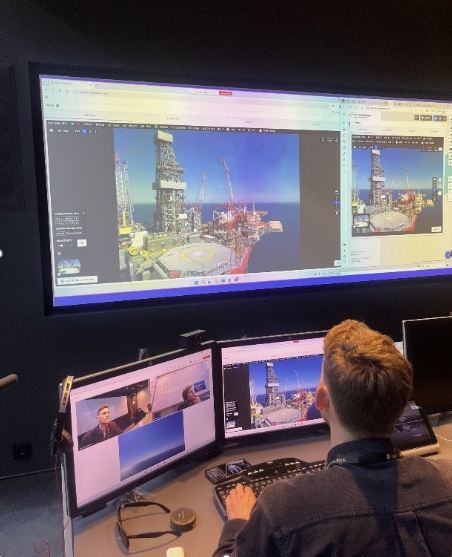This past weekend, Stine Bjørnvold Bakken and Bjørn-Tore Justad, who both work offshore on Ula, gave politicians at a campaign event in Sandnes a glimpse into life on a late-phase field, where safe operations, value creation, and community remain strong.
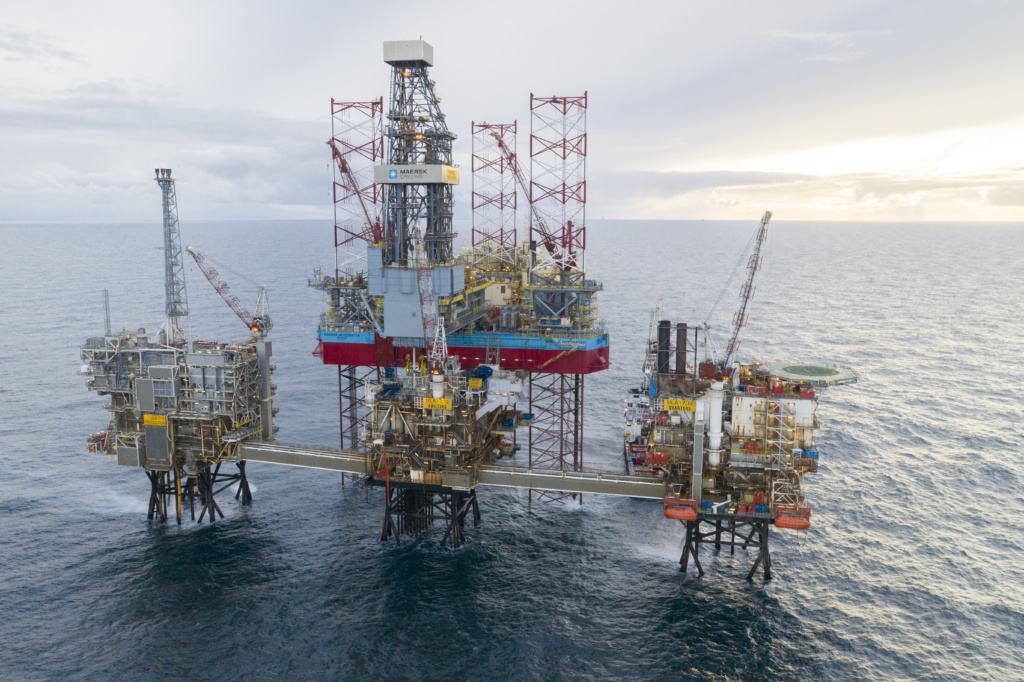
Still strong in the late phase
The Ula field came on stream in 1986 with an expected lifetime of 10–11 years. Forty years later, it is still producing more than 20,000 barrels of oil per day. That equals the energy consumption of all of Oslo on a cold winter day.
“It’s easy to underestimate the importance of mature fields, but we continue to deliver with high quality and safety,” says Bjørnvold Bakken, Logistics and Services Manager.
“We still have 14 million barrels left to recover before we shut down. It feels meaningful to contribute to value creation all the way to the very end.”
Even after 40 years, decommissioning planning is underway, but that doesn’t mean the field is winding down.
A technological pioneer that still matters
Over the years, Ula has developed and deployed technologies that have lifted the entire industry. The field has used Water Alternating Gas (WAG) injection, which significantly increased recovery rates.
“We also adopted modular platform design early on,” explains Bjørnvold Bakken.
“This allowed us to upgrade technology without having to rebuild the entire installation. Today, that approach is standard across many industries.”
A success story built by people
Both technological innovation and strong professional environments have made Ula a pioneering field. But according to Stine, the real key has been the people.
“Ula is a success story thanks to the people who have put in the work since day one.”
Life on Ula is characterized by camaraderie, expertise, and genuine job satisfaction.
“There’s a strong sense of community here. We’ve got a gym, poker nights, a cycling club, and even a cinema. Enjoyment at work matters,” says Justad.
“In the late phase, more of us also get the chance to broaden our competence with additional trade certificates. Everyone out here is a key player.”
The expertise from Ula is valuable, not only for Aker BP’s future projects but also for the green transition.
“Seafarers once moved into oil. Now we can bring our experience from demanding offshore operations into new value chains, such as offshore wind and carbon capture,” Justad adds.
Ripple effects onshore and the need for predictability
Ula creates value far beyond the offshore platforms. One job offshore generates seven jobs onshore.
“This is crucial for employment both locally and nationally,” says Bjørnvold Bakken, who responds as follows when asked what Ula needs going forward:
